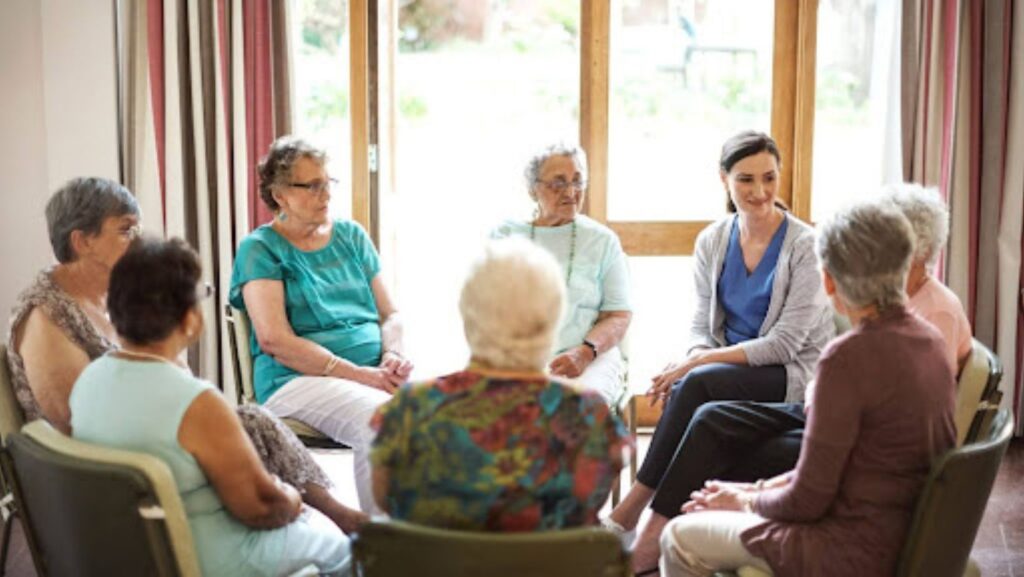In a culture where we call our houses our castles, we would want to feel safe and secure in them. However, it also makes sense that many homeowners now feel less safe and secure than they did a few decades ago, given that we spend more time indoors staring at screens and less outside interacting with neighbors.
The paradox is that as our perception of peril around every turn has grown, violent crime rates have decreased. What steps can you take to help ease your anxieties and keep your community safe?
One of the best ways to raise perceptions of safety and lower crime rates in your neighborhood is to establish yourself as a community and collaborate with your neighbors. This is the way to get going.
Make Use of Nextdoor
The best thing about Nextdoor, a social network that focuses on neighborhoods, is that it takes care of the tedious task of confirming that the members of your neighborhood group truly reside in your neighborhood.
Another great option to find out who among your neighbors wants to help you improve community safety is by using Nextdoor. You can also use it to alert your neighbors to any thefts or other safety hazards in the neighborhood. When using Nextdoor as a warning system, only provide accurate information—never guesswork or supposition.
Initiate a Community Watch
Knowing who is who in your community may help avert many crimes, such as robbery, burglary, or unlawful trash disposal. If there is yet to be a neighborhood watch program currently in place for your street or community, consider launching one.
Locating neighbors who are willing to participate is the first step. Once you’ve assembled a team prepared to work hard, call your local law enforcement agency and let them know what you’re up to.
Protect Your Area
Neighbors can only do so much to assist you in maintaining the security of your house. You are ultimately responsible for keeping your property secure, so take time to identify any weak points in your home and make the necessary repairs.
Alert Others to Any Questionable Activities
Your law enforcement liaisons are the ideal source of information on how to do this. You may help by telling your community group about police department announcements regarding crimes on a larger scale. Another way is to hold frequent talks about the crimes that have been reported in the newspaper’s crime blotter. Discuss with your law enforcement partners and people learning about ballistics and criminal justice the kinds of suspicious activities that they believe need a community alert. They’ll probably like it if you inquire about fabricated reports and look for any patterns.
Conduct a Self-defense Workshop
While some of us may have considered playground fights a necessary part of growing up, many of us lack the knowledge necessary to defend ourselves if we are assaulted. For those who are interested, a free local self-defense course taught by a trained instructor can provide some training and boost their self-confidence in handling dangerous circumstances.
Find out which self-defense teachers your local police enforcement liaison uses or recommends, and then get in touch with them to see if a free session can be arranged.
Instruct People on Social Media Safety
Social media is used by billions of people, and many of us are still unfamiliar with it. Because of this, updates and pictures that pose a real risk to people’s safety are frequently shared on social media. A clear illustration would be to share pictures from your trip while you’re still away or to announce on social media that you’re going on vacation.
Final Words
Encouraging a safer neighborhood is everyone’s responsibility. You can make a significant difference in neighborhood safety by collaborating with local law enforcement and your neighbors.


